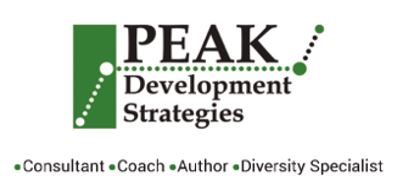
Understanding Financial Literacy
Financial literacy is the ability to understand and effectively use various financial skills, including budgeting, saving, investing, and managing debt. It serves as a foundation for making informed financial decisions that can lead to greater monetary stability and a higher quality of life. Promoting financial literacy involves educating individuals about these essential skills and concepts, enabling them to take control of their finances.
Key Components of Financial Literacy
- Budgeting and Expense Management
- Effective budgeting requires understanding income sources and expenses. Individuals should set realistic financial goals and monitor their spending habits regularly. By mastering budgeting, people can live within their means, avoid unnecessary debt, and save for future objectives.
- Saving and Investing
- Saving involves setting aside money for future needs while investing allows individuals to grow their wealth over time. Understanding the principles of compounding interest and diversification is crucial for maximizing returns on investments.
- Debt Management
- Recognizing the impact of credit scores on borrowing costs is vital. Individuals should differentiate between good debt (e.g., student loans) that can enhance future earning potential and bad debt (e.g., high-interest credit card debt) that can lead to financial strain.
- Retirement Planning
- Knowledge of retirement savings options such as 401(k)s, pensions, and Social Security benefits is essential for long-term financial health. A comprehensive retirement plan considers expected lifespan, desired lifestyle in retirement, and potential healthcare costs.
- Insurance and Risk Management
- Understanding different insurance products (health, life, auto) helps individuals protect against unforeseen risks. Establishing an emergency fund also plays a critical role in risk management.
- Understanding Financial Products
- Familiarity with various financial products—from basic savings accounts to complex investment vehicles—enables individuals to make informed choices aligned with their goals.
Strategies for Promoting Financial Literacy
- Self-Study and Online Resources
- Numerous online platforms offer courses, articles, podcasts, webinars, and tools related to financial education. Individuals can learn at their own pace by accessing credible resources that cover a wide range of topics.
- Formal Education Programs
- Schools and universities often provide courses on personal finance or economics that lay the groundwork for financial literacy. Additionally, government initiatives or nonprofit organizations may offer workshops targeting specific demographics.
- Seeking Professional Advice
- Engaging with certified financial advisors or planners can provide personalized guidance tailored to individual circumstances. Professionals help navigate complex decisions regarding investments or retirement planning based on current market trends.
- Networking and Peer Learning
- Sharing experiences with peers can enhance understanding of financial concepts through discussions about successes or challenges faced in managing finances.
Conclusion: The Importance of Financial Literacy for Stability
Promoting financial literacy is crucial not only for individual well-being but also for fostering economic stability within communities at large. By equipping people with the necessary skills to manage their finances effectively, we empower them to make informed decisions that contribute positively to their lives.

Recent Comments